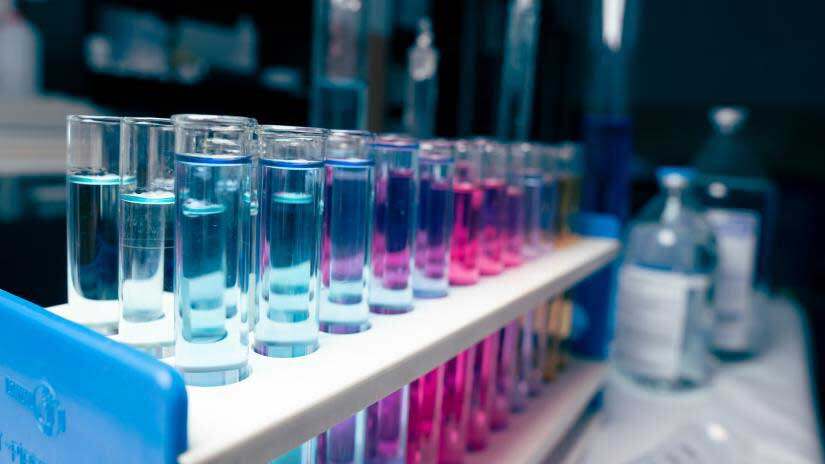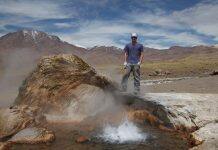UTS researchers are developing new drug tests to detect illicit synthetic drugs.


With a deluge of designer drugs hitting the streets, researchers from the University of Technology Sydney are racing to develop new drug testing methods that can quickly and accurately identify these drugs, along with better tests for traditional drugs.
“The number of Australians who are hospitalised or die from accidental drug overdoses continues to rise, and treatment can be complicated because it’s not always known what substances have been taken,” says UTS Professor of Forensic Toxicology Shanlin Fu.
“There is a flood of the new substances reaching our shores because the illicit drug industry is always trying to stay a step ahead and circumvent drug laws, so the need for effective drug testing methods has become increasingly urgent,” he says.
New psychoactive substances (NPS) are illicit lab-made chemical compounds that aim to produce effects similar to common drugs such as cannabis, amphetamines, LSD and heroin. They come in many different forms, including tablets, powders, liquids, and in blotter paper.
These drugs, particularly the synthetic opioids, can be much stronger and more deadly than their traditional counterparts. Often, they are mixed with other drugs, so users don’t know what they are taking, which can lead to an increased risk of death from overdose.
“Usually, substance identification needs a reference standard, so we know the chemical structure. However, for newly emerging NPS there’s no reference standard and no spectroscopic library database. Until we developed these tests, they often slipped through the law enforcement net,” says Professor Fu
Researchers from the UTS Centre for Forensic Science have patented three new NPS rapid tests: one for cathinones, which are stimulants also known as ‘bath salts’; one for NBOMes, which are powerful hallucinogens similar to LSD; and a test for fentanyl analogues, which are synthetic opioids.
They have also developed a test for piperazine derivatives, along with a new version of the Scott test, which is the current rapid test for cocaine, in the pipeline. Future plans include the development of an easy-to-use all-in-one NPS rapid test.
“THERE IS A FLOOD OF THE NEW SUBSTANCES REACHING OUR SHORES BECAUSE THE ILLICIT DRUG INDUSTRY IS ALWAYS TRYING TO STAY A STEP AHEAD AND CIRCUMVENT DRUG LAWS, SO THE NEED FOR EFFECTIVE DRUG TESTING METHODS HAS BECOME INCREASINGLY URGENT.”
–PROFESSOR SHANLIN FU
UTS forensic scientist Dr Morgan Alonzo worked with German company ESATest GmbH to develop the first test for synthetic cathinones, with support from the Global Connections Fund, as part of her PhD. The test works by changing colour when it detects a particular class of drug, and has been commercialised by ESATest.
“Synthetic cathinones are a large class of new psychoactive substances with a structure very similar to amphetamines – just one oxygen atom different – but that makes all the difference in terms of detection,” said Dr Alonzo.
“Our test was able to give a quick indication, within a minute or two, that you had a cathinone present in a sample. Because the test was quite successful, we then went on to look at what other synthetic drugs we could detect using colour tests,” she said.
The team is also working on better high‑resolution mass spectrometric analyses of new psychoactive substances, to improve detection and identification. This method of analysis can be used to screen for NPS in drug seizures, and in other sources such as wastewater, to identify usage trends in the community.
These new tests will give law enforcement agencies and customs services another tool in their fight against illicit drug importation. They could also save lives by helping doctors and paramedics, as well as pill testing services, identify drugs that are causing harm and warn users of potential risks.
Professor Fu and Dr Alonzo recently co-authored a chapter on New Psychoactive Substances in the Encyclopedia of Forensic Sciences, Third Edition.








































